
Chargaff’s Rule: The Key to DNA Structure and Base Pairing
Chargaff’s Rule states that in a double-stranded DNA molecule, the amount of adenine (A) always equals the amount of thymine (T), and the amount of […]

Chargaff’s Rule states that in a double-stranded DNA molecule, the amount of adenine (A) always equals the amount of thymine (T), and the amount of […]

Translation is the process of synthesizing proteins from mRNA in cells. It occurs in the cytoplasm, where ribosomes decode mRNA sequences. This process involves three […]
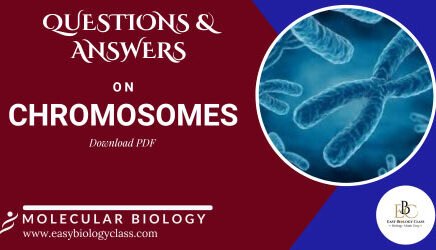
Chromosomes are structures composed of DNA and proteins that carry genetic information. They are found in the nucleus of eukaryotic cells and in the cytoplasm […]
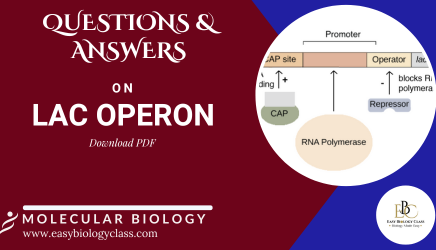
The lac operon is a well-studied gene regulatory system in Escherichia coli (E. coli) that controls the metabolism of lactose. It consists of structural genes, […]
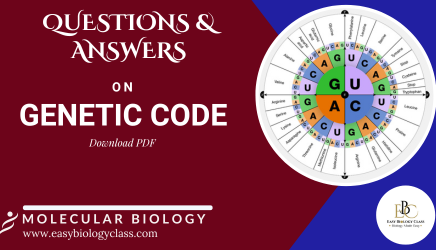
The genetic code is a set of rules by which cells translate nucleotide sequences into amino acid sequences to form proteins. It consists of codons, […]
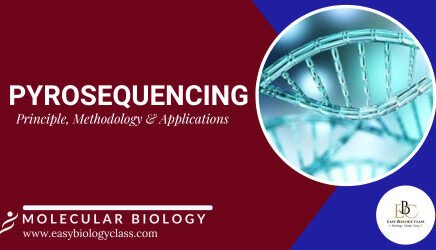
Pyrosequencing is a widely used DNA sequencing technique that relies on detecting pyrophosphate (PPi) release during DNA synthesis. This method is different from the common […]
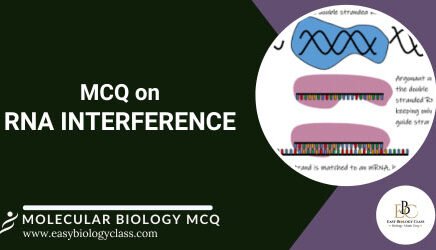
RNA interference (RNAi) is a natural biological process where small RNA molecules inhibit gene expression by degrading or blocking the translation of specific messenger RNA […]

Meiosis is a specialized form of cell division that occurs in sexually reproducing organisms to produce gametes (sperm and eggs). Unlike mitosis, which results in […]
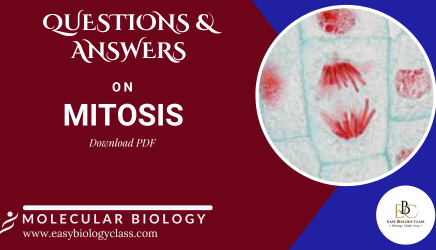
Mitosis is a type of cell division that results in two genetically identical daughter cells, each containing the same number of chromosomes as the parent […]